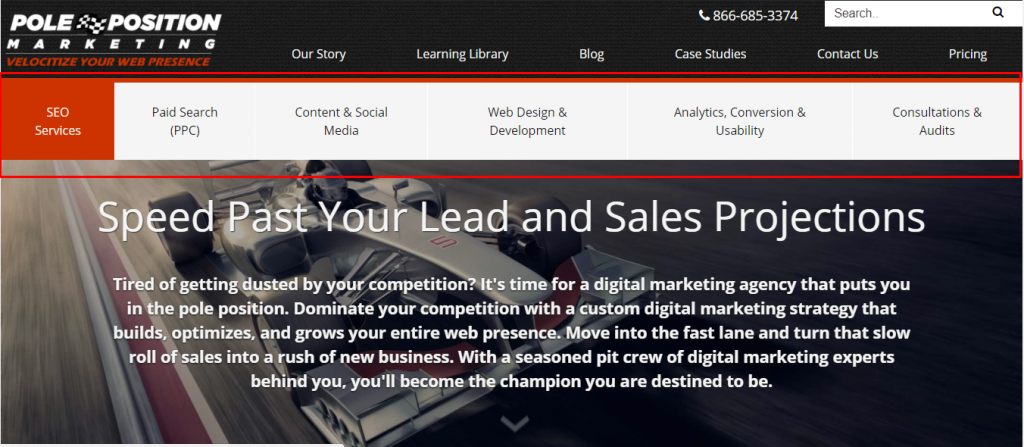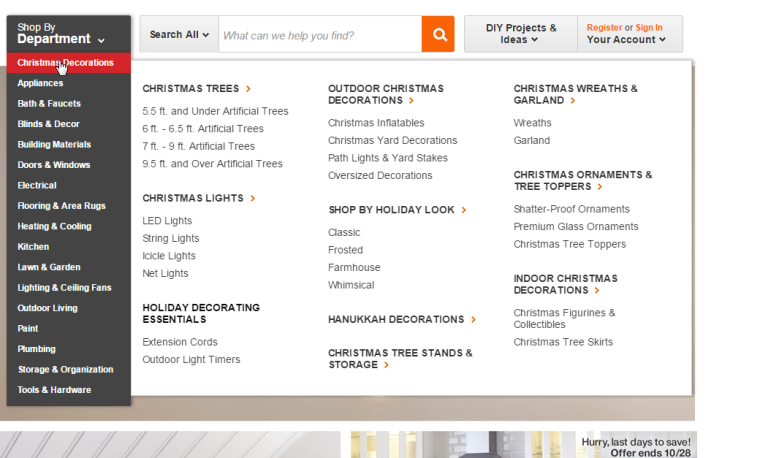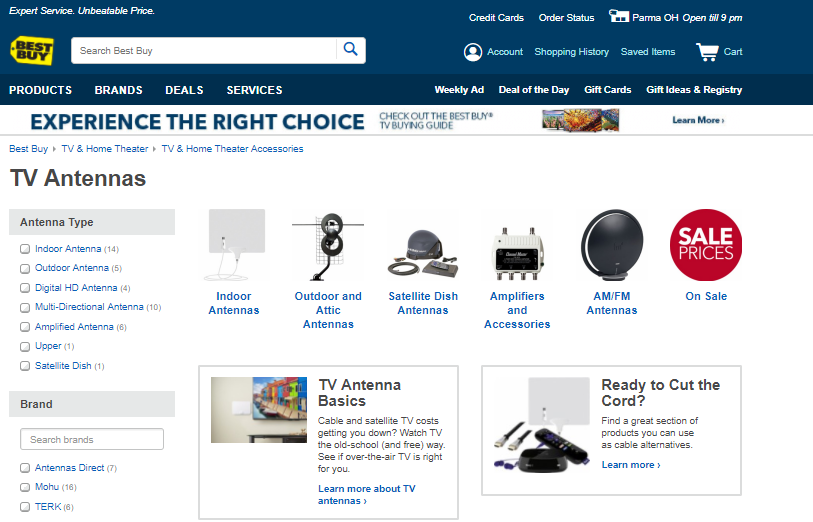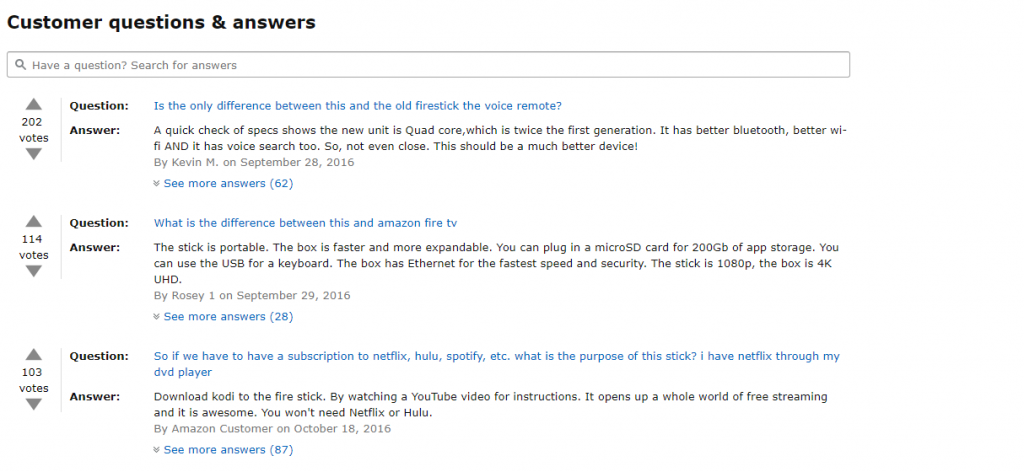
Have you ever found yourself in a store, looking for something in particular, but you just can’t find it? Happens to me all the time. For the life of me, I don’t understand why the unpopped popcorn isn’t in the same isle as the popped popcorn and other snacks. But we’ll chew on that another time (PUN!).
For me, there’s nothing worse than needing to ask an employee where something is, only to find there’s no one around to help. I know, I know, first world problems! But you know what else is a first world problem? Losing customers because you’re not around to help them find what they need. And this happens all the time on ecommerce sites.
To make sure it doesn’t happen on your ecommerce site, you need to put the following plans in action. By putting all of these in place, you’ll ensure that, one way or another, visitors will find what they need and get closer to that final sale.
Plan A: Make It Easy
First off, you need to always make sure things are easy to find on your website. You may not be able to have a physical person roaming the aisles of your ecom site to point them in the right direction, but you have the next best better thing: a website in which products can be far easier to find–if you do it right.
I’ve expressed numerous times the folly of generic “Shop” navigation options and my disdain for the popular mega-menus. Instead, put your main product categories front and center in the navigation and let them drill down from there.
Do This

Not This

Plan B: Content
But for the sake of argument, let’s assume that someone just can’t find what they’re looking for or they’re unsure whether or not a particular product on your site will meet their needs. What then?
Well-considered content is the backup plan. Provide as much information as possible to guide the visitor not only to the product they want but to the information that satisfies their query.
For the search query “TV antennas” in Google, for example, you’ll find that the retailers are competing with purely information sites that help searchers determine the right antenna for their needs. Best Buy does a good job of providing information along with good sorting options to help shoppers zero in on the antenna they need as well as other helpful information on “cutting the cord.”

Plan C: Engagement
But, again, let’s assume that you couldn’t anticipate a particular customers requirements and are therefore unable to provide an answer to their query. It’s not time to give up on that customer. Or more accurately, it’s not too late to keep them from giving up on you.
Which brings us to engaging with your customers while they are on your site. There are a number of ways to do that through the verbiage of the content, encouraging them to sign up to your email list, or to follow you on your social networks.
But there is one more old-school way that is just as important: Your “contact us” options. When all else fails, customers may need to reach out to you to ask questions, and you need to make it easy for them to do so.
The most obvious way to do this is to ensure your contact information is easy to find. Whether it be a link to your contact us page or boldly displayed phone numbers and email addresses, your customers need to know how they can reach out when a question arises. Too many businesses hide this information, hoping to keep calls and emails to a minimum. But they are also keeping customers to a minimum!
Amazon has a great feature that allows shoppers to ask questions right on the page for any given product. They keep the questions, and their answers, posted on the page so other shoppers can benefit from them.

Live chat is also a great option for ecommerce sites. Live chat is a way for customers to ask questions in real time and not have to wait for an answer. Too often shoppers get their answer elsewhere before you get a chance to reply to a question submitted online. A question answered somewhere else is a product purchased somewhere else as well.
Don’t Scare Your Customers Away
Companies that make it difficult to find their products and get questions answered will invariably scare customers away. It not only frustrates customers but it makes them question if they’ll be able to get problems resolved easily after the purchase. Anticipating that, they’ll just as soon shop somewhere else.
